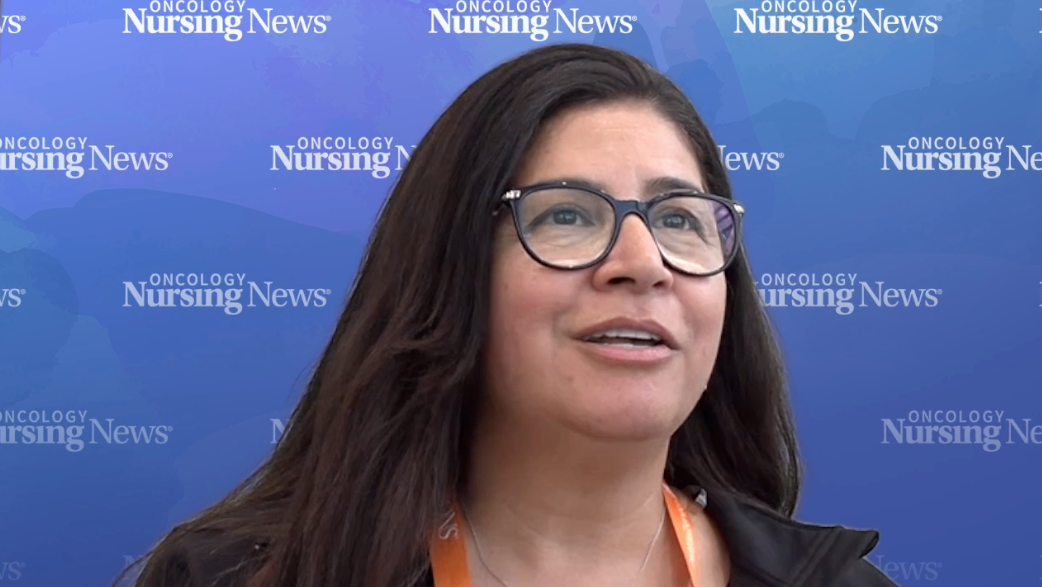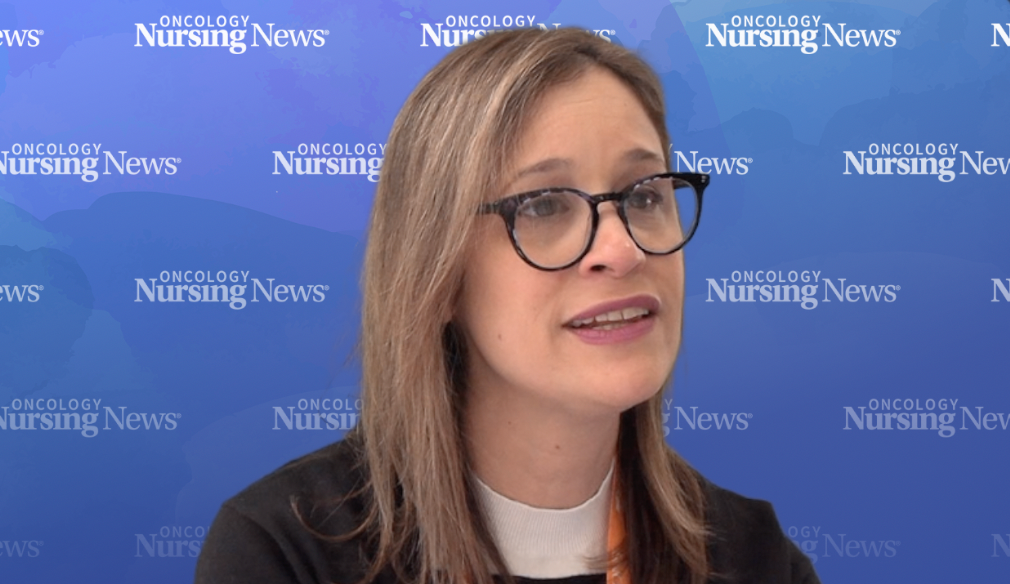Opinion: CAR T-Cell Therapy as a Promising Avenue in Glioblastoma Treatment
Oncology nurses can educate their patients on the latest developments in CAR T-cell therapy for the treatment of glioblastoma.
Amanda Brink, DNP, APRN, FNP-BC, AOCNP

Glioblastoma, the most prevalent malignant brain tumor, presents a significant clinical challenge due to its limited treatment options and poor prognosis. With a median overall survival rate ranging from 15 to 18 months post-diagnosis, there is an urgency for innovative therapies and for patients to participate in clinical trials.1
The current standard of care for patients with newly diagnosed glioblastoma includes maximum safe surgical resection followed by radiotherapy, along with concurrent and adjuvant chemotherapy, potentially including electric field therapy or enrollment in a clinical trial.2
For many types of cancer, CAR T-cell therapy offers hope for the future, including in the treatment of glioblastoma. Understanding the potential of CAR T-cell therapy in glioblastoma treatment is crucial for oncology nurses, who are able to advocate for clinical trial enrollment and participation.
Targeting the Epidermal Growth Factor Receptor With CAR T-Cell Therapy in Glioblastoma
Choi et al.3 recently shared the results of a phase 1 clinical trial utilizing CAR T-cell therapy for patients with glioblastoma. The authors developed a CAR T-cell product (CARv3-TEAM-E) that enables T cells to recognize and target a specific protein known as EGFRvIII, present on the surface of glioblastoma cells. In addition to targeting EGFRvIII, the CAR T-cells also secrete T-cell–engaging antibody molecules. These T-cell–engaging antibody molecules target another variant of the EGFR protein, wild-type EGFR, which is typically absent in normal brain cells but frequently expressed in glioblastoma cells.
Three adult patients were included in the study, which is typical for a first-in-human trial. Participants were required to have World Health Organization4 grade 4, recurrent, EGFRvIII-positive glioblastoma, with a measurable tumor lesion (defined as one lesion that is at least 10 mm in diameter on MRI). The patients received the CARv3-TEAM-E T cells as a single infusion via an Ommaya reservoir.
The first patient in the study is a 74-year-old male with a left insula glioblastoma. He experienced recurrent disease approximately 12 months after diagnosis and underwent a repeat craniotomy, revealing that the recurrent tumor was EGFRvIII-positive. He experienced further progression of the disease before receiving treatment with CARv3-TEAM-E. An MRI obtained 1 day after the infusion showed rapid regression of the tumor, which was confirmed on subsequent MRI scans over the next 2 weeks. Unfortunately, this tumor regression was transient, and his cancer progressed again. Due to his initial response, he received a second infusion of CARv3-TEAM-E cells.
The second patient in the study is a 72-year-old male with a left temporal lobe glioblastoma. He experienced recurrent disease approximately 20 months after diagnosis. Repeat craniotomy also revealed EGFRvIII-positive, recurrent glioblastoma. This patient also had an MRI performed the day after the infusion, which showed a decrease in tumor size by 18.5%, and by day 69, it had further decreased by 60.7% from baseline. This patient’s response has been durable as of the last assessment, which occurred over 150 days since the infusion.
The third patient in the study is a 57-year-old female with left parietal lobe glioblastoma. She experienced recurrent disease approximately 6 months after her diagnosis. Repeat craniotomy revealed recurrent glioblastoma with loss of EGFRvIII expression, but wild-type EGFR was observed. An MRI obtained 4 days after the CARv3-TEAM-E cell infusion showed near-complete tumor regression. Unfortunately, she experienced a recurrence of the disease about 1 month after the infusion.
All 3 patients experienced a side effect of fever after the infusion. Patient 1 experienced grade 3 encephalopathy for 3 days, while patient 3 experienced grade 3 fatigue for 8 days after treatment.
Nursing Considerations
Even though 2 of these patients experienced disease progression after the initial CAR T-cell infusion, the initial data obtained from this study are impressive, as all 3 patients did show an initial response. The data obtained in this study warrant further evaluation of CARv3-TEAM-E cells alongside strategies designed to enhance the durability of the response, such as dose modification, preconditioning the patients with chemotherapy, or planning for subsequent infusions.
The findings from this study give hope to patients, oncology nurses, and providers alike. They highlight the possibility that even novel drugs, where information is scarce and they are being administered to humans for the first time, hold promise in providing therapeutic benefit to patients. While it's natural for patients to feel apprehensive about being the first to try a new therapy, these results underscore the benefits of clinical trial participation in the pursuit of improved treatments and outcomes.
References
- Kotecha R, Odia Y, Khosla AA, Ahluwalia MS. Key Clinical Principles in the Management of Glioblastoma. JCO Oncol Pract. 2023;19(4):180-189. doi:10.1200/OP.22.00476
- NCCN guidelines for patients brain cancer: Gliomas. Accessed April 7, 2024. https://www.nccn.org/patients/guidelines/content/PDF/brain-gliomas-patient.pdf
- Choi BD, Gerstner ER, Frigault MJ, et al. Intraventricular CARv3-TEAM-E T Cells in Recurrent Glioblastoma. N Engl J Med. Published online March 13, 2024. doi:10.1056/NEJMoa2314390
- Torp SH, Solheim O, Skjulsvik AJ. The WHO 2021 Classification of Central Nervous System tumours: a practical update on what neurosurgeons need to know-a minireview. Acta Neurochir (Wien). 2022;164(9):2453-2464. doi:10.1007/s00701-022-05301-y
FDA Approves Eflornithine for Children, Adults With High-Risk Neuroblastoma
December 14th 2023Eflornithine (Iwilfin) received FDA approval to reduce the risk for relapse in pediatric and adult patients with high-risk neuroblastoma, making it the first therapy to reduce risk for relapse in children with the disease.




